Dams are some of the most impressive feats of engineering in the world. They help control water flow, provide hydroelectric power, and create massive reservoirs. Countries across the globe have constructed massive dams, each with unique features. Let’s dive into the details of these colossal structures and their impressive capacities.
Yacyretá Dam (Argentina)
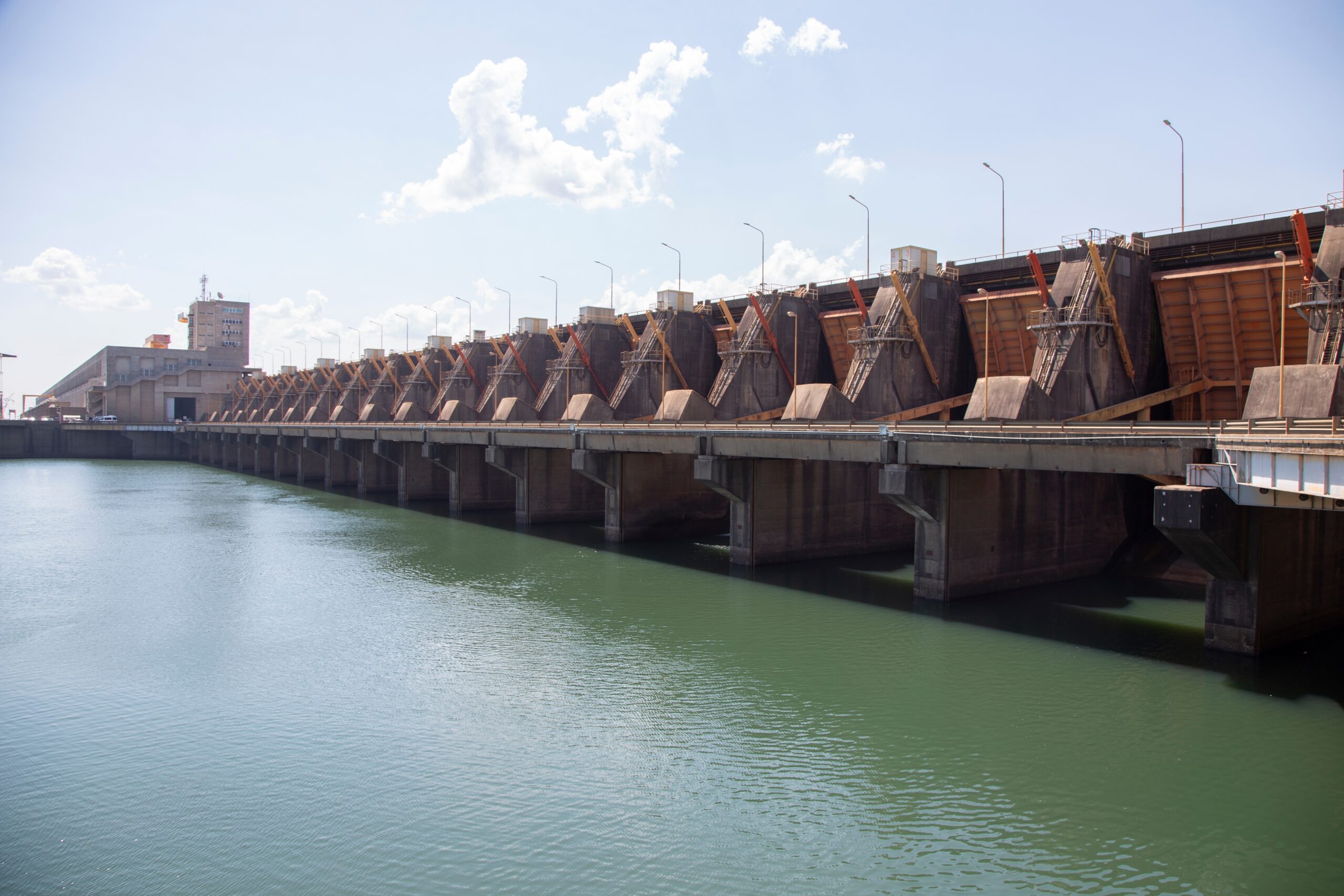
The Yacyretá Dam is a major hydroelectric facility located on the Paraná River between Argentina and Paraguay. It has a reservoir volume of 21,000 cubic meters of water. The structure stands 67 meters tall and spans 808 meters in length. This dam plays a crucial role in generating power for both countries. It also helps regulate the flow of the river. Yacyretá is known for its significant energy output, supplying electricity to millions of people.
Bukhtarma Dam (Kazakhstan)
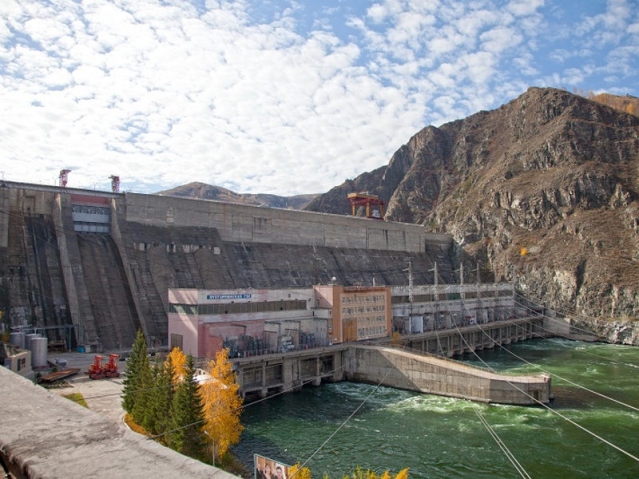
The Bukhtarma Dam is located on the Irtysh River in Kazakhstan. Its reservoir holds an impressive volume of 49.6 billion cubic meters of water. The dam’s structure stands 90 meters high and stretches 380 meters long. It is one of the largest hydroelectric stations in the country. This dam is essential for controlling water flow and flood management. The energy produced here supports Kazakhstan’s growing electricity demand.
Beni Haroun Dam (Algeria)
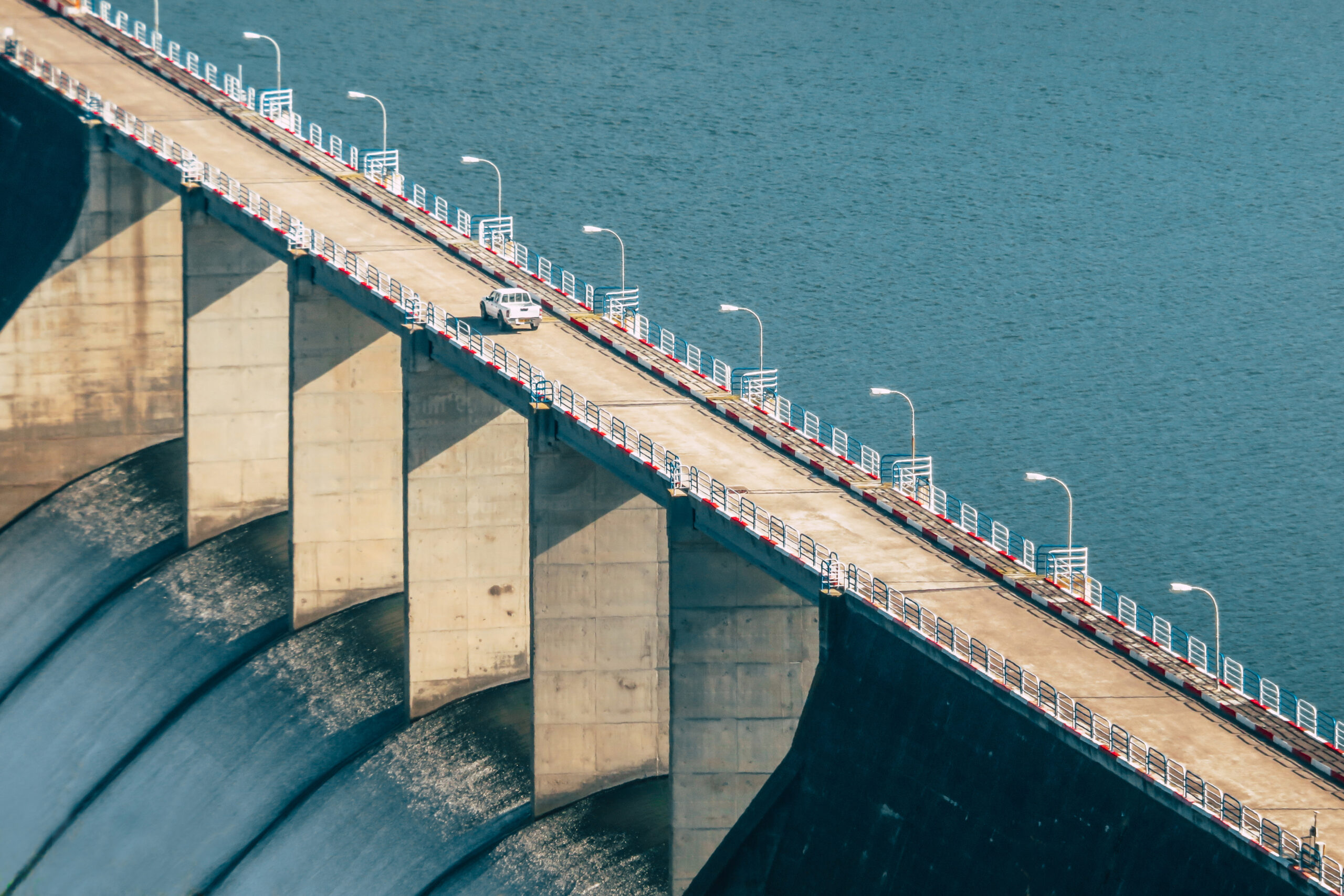
The Beni Haroun Dam is the largest dam in Algeria, situated on the Oued Ksob River. Its reservoir has a capacity of 960 million cubic meters. The dam stands 118 meters tall and extends over 480 meters. Beni Haroun plays a key role in supplying water for irrigation and drinking purposes. It also helps prevent floods in the region. The structure is vital to the country’s agricultural and industrial sectors.
Inga Dams (Democratic Republic of the Congo)

The Inga Dams are located on the Congo River in the Democratic Republic of the Congo. They consist of two major dams, Inga I and Inga II, with a reservoir volume of around 5.5 billion cubic meters. The dams have a combined height of 50 meters and stretch over 2 kilometers in length. These dams are critical for generating hydroelectric power for the nation. Inga Dams are part of a larger project aimed at boosting Africa’s energy capacity.
King Fahd Dam (Saudi Arabia)
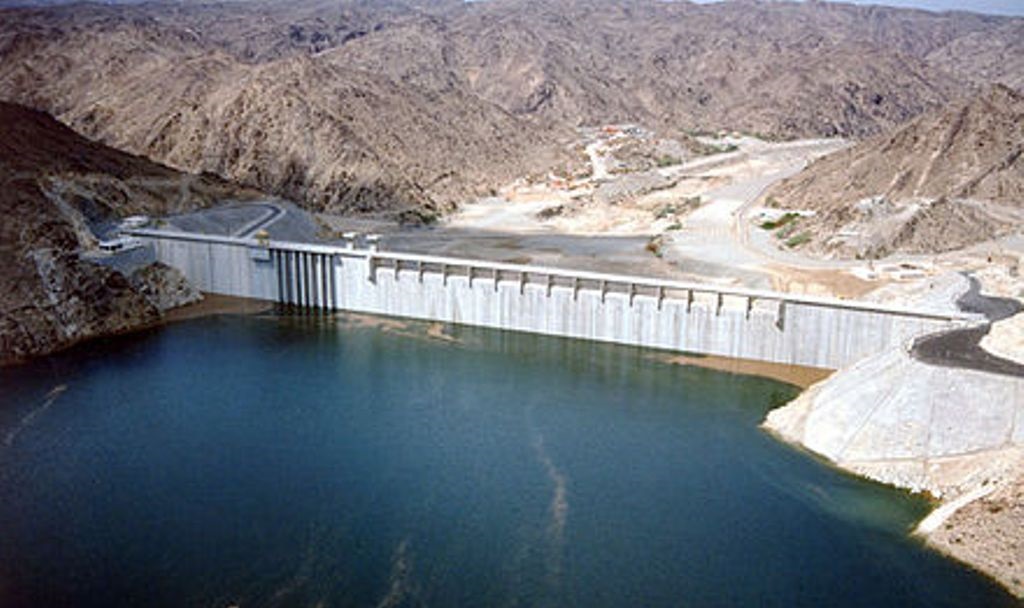
The King Fahd Dam, located in the Asir Region of Saudi Arabia, is the largest dam in the country. Its reservoir holds 325 million cubic meters of water. The dam stands 103 meters tall and is 507 meters long. It primarily helps with water storage for agricultural and urban use. This dam is critical for managing scarce water resources in the region. It is an essential infrastructure for Saudi Arabia’s development.
Chicoasén Dam (Mexico)
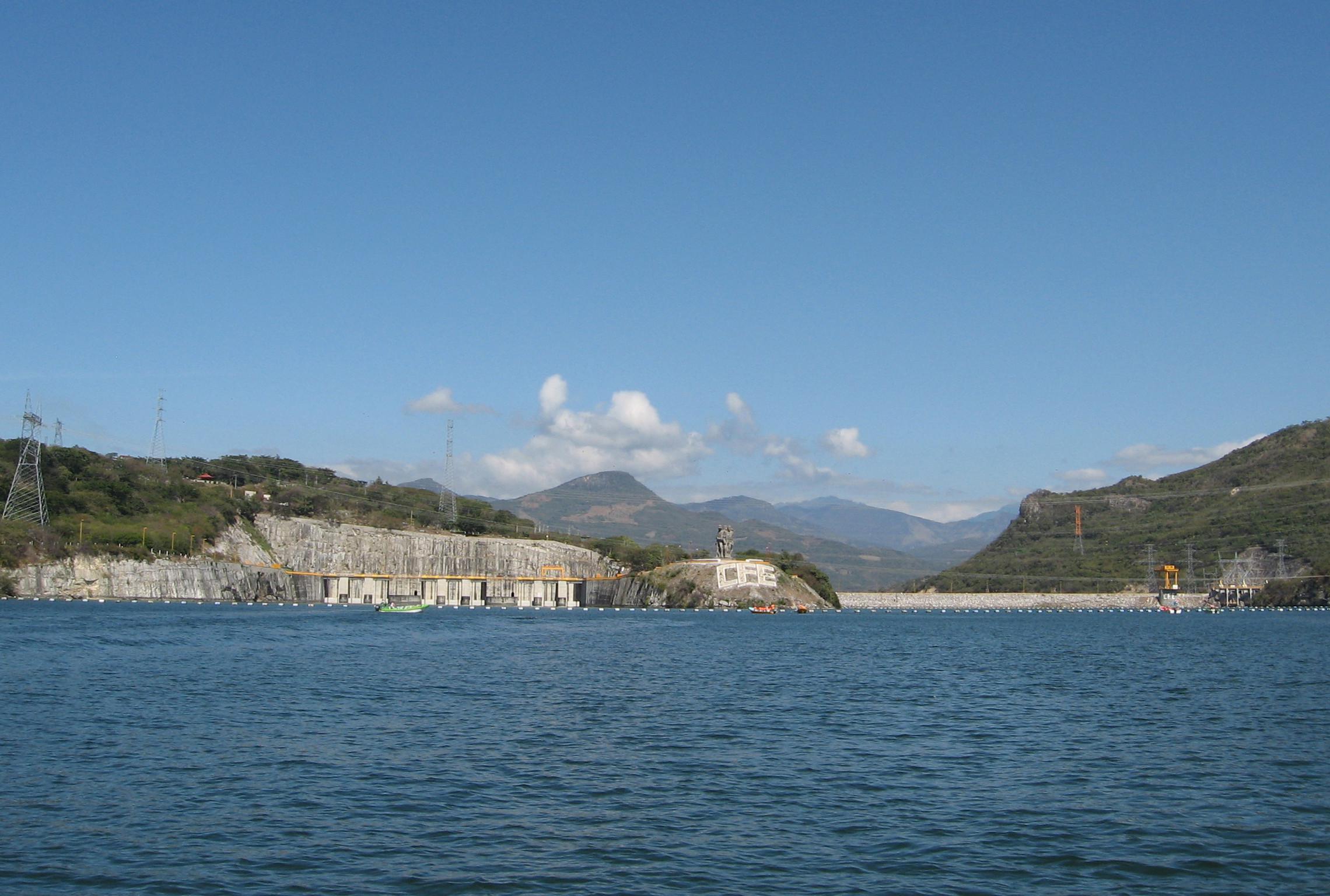
Chicoasén Dam is located on the Grijalva River in Mexico. Its reservoir has a capacity of 1.6 billion cubic meters of water. The dam stands 261 meters tall, making it one of the tallest in the world. Chicoasén plays a key role in hydroelectric power generation. It supplies electricity to large parts of Mexico. The dam also helps control flooding and supports irrigation in the region.
Xiluodu Dam (China)
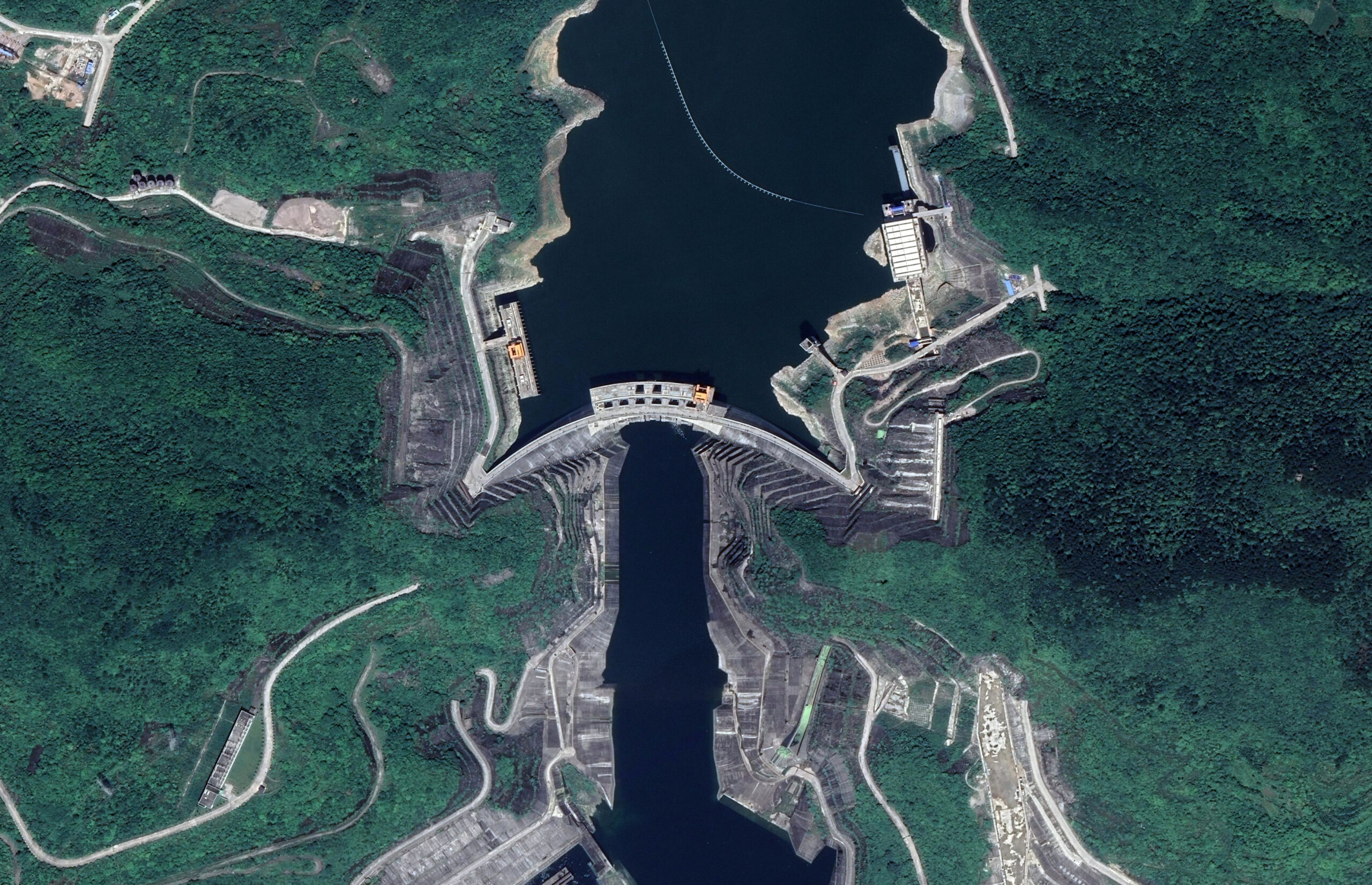
The Xiluodu Dam is located on the Jinsha River in China. It has a reservoir volume of 12.67 billion cubic meters of water. The structure stands 285.5 meters high and extends 700 meters in length. Xiluodu is the second-largest hydroelectric dam in the country. It plays a major role in energy production and flood control. The dam supplies power to millions of people and helps stabilize the river’s flow.
Grand Coulee Dam (USA)
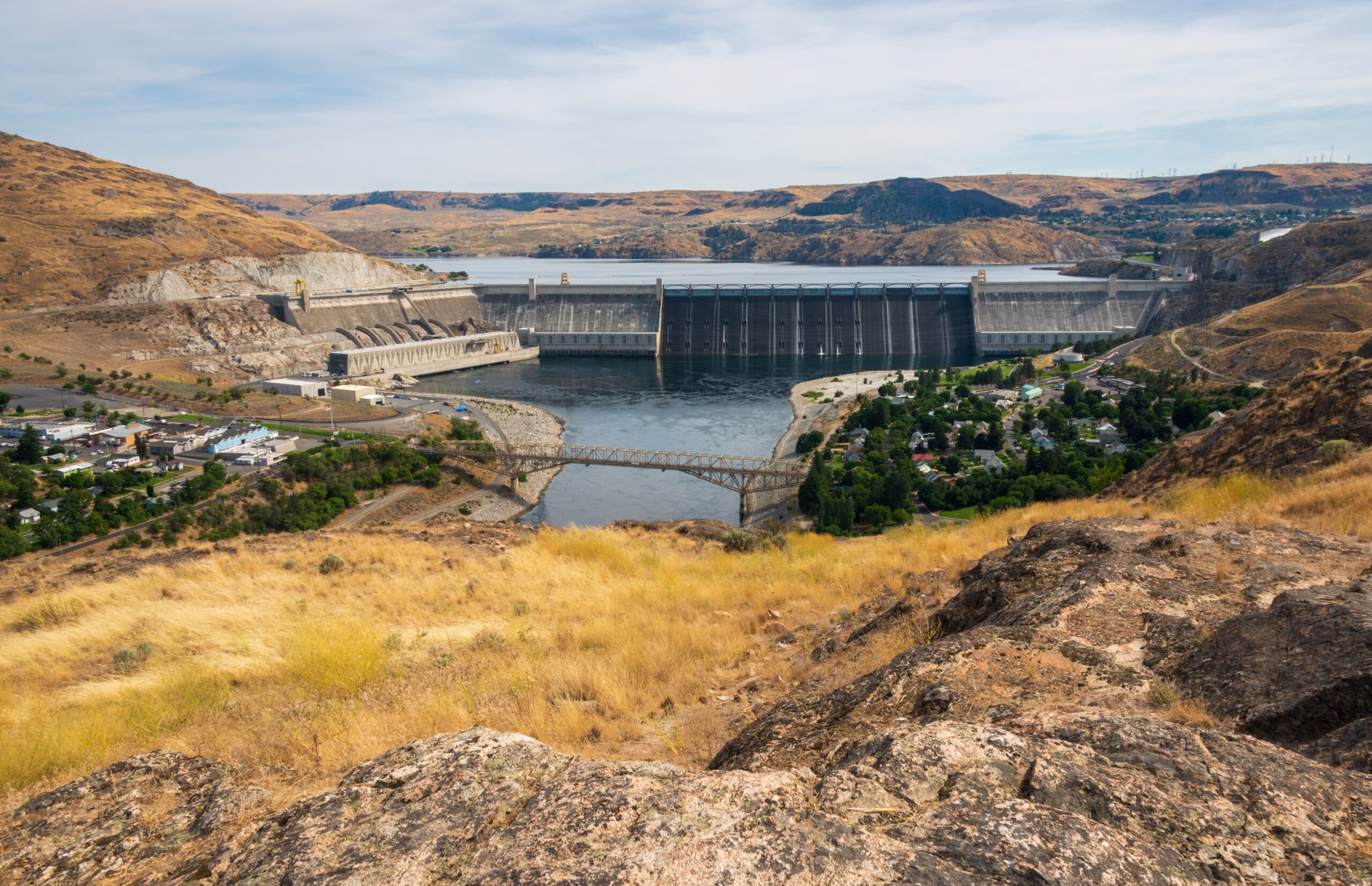
Grand Coulee Dam is situated on the Columbia River in the United States. Its reservoir, known as Lake Roosevelt, has a volume of 9.4 billion cubic meters. The dam is 168 meters tall and stretches over 1,592 meters in length. Grand Coulee is the largest concrete structure in North America. It is crucial for power generation, irrigation, and flood control. This dam supports the agricultural heartland of the Pacific Northwest.
Aswan High Dam (Egypt)

The Aswan High Dam is located on the Nile River in southern Egypt. It creates a massive reservoir known as Lake Nasser, which holds 132 billion cubic meters of water. The dam stands 111 meters tall and is 3,830 meters long. It is one of the largest embankment dams in the world. Aswan High Dam plays a key role in controlling the annual floods of the Nile. It also generates hydroelectric power for much of Egypt.
Nurek Dam (Tajikistan)
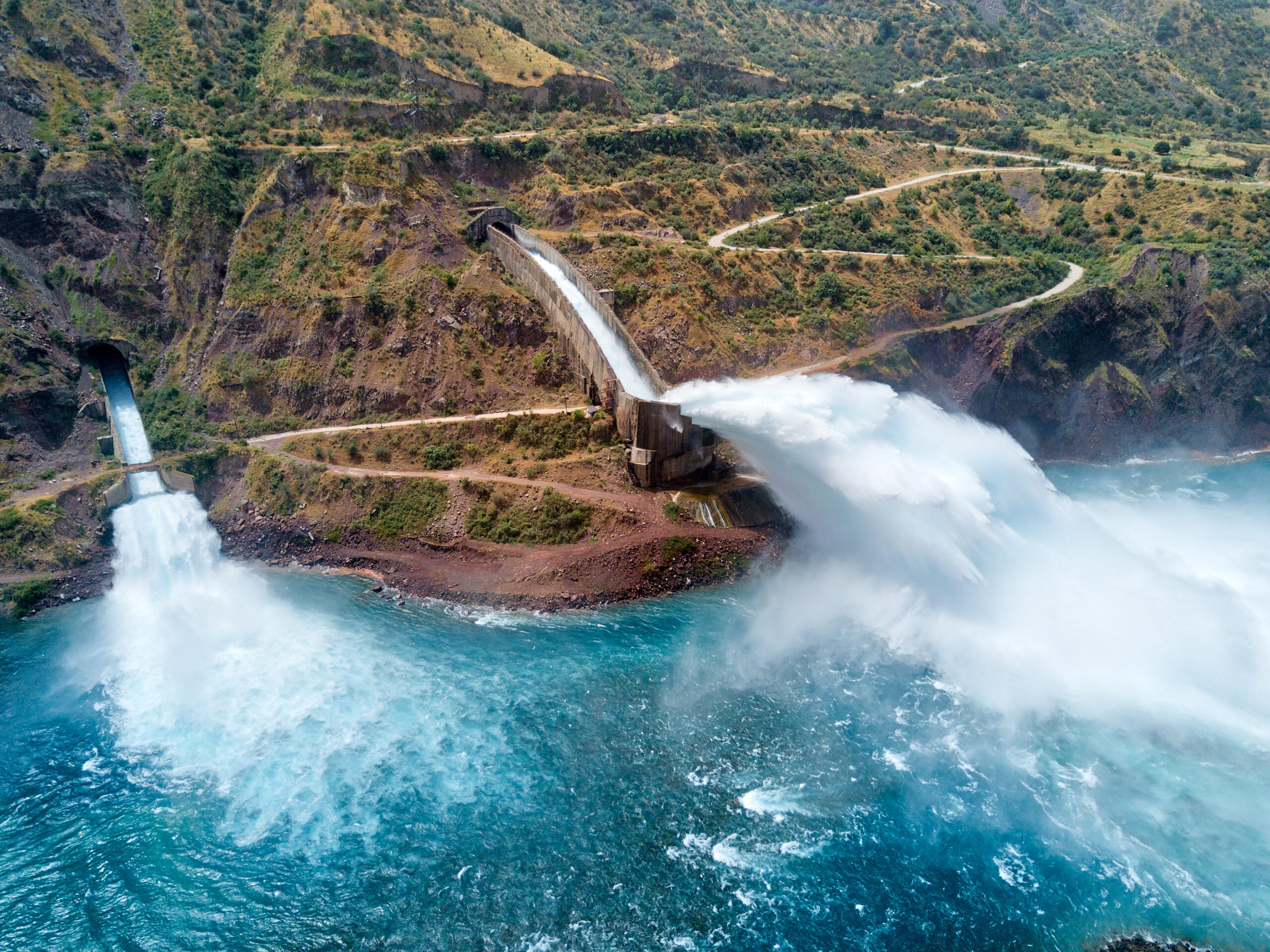
Nurek Dam is situated on the Vakhsh River in Tajikistan. Its reservoir volume is 10.5 billion cubic meters. The dam stands at a towering height of 304 meters, making it one of the tallest in the world. It spans 700 meters across the river. Nurek is vital for hydroelectric power generation and irrigation. The dam supplies electricity to much of Tajikistan and supports agriculture in the region.
Kashiwazaki-Kariwa Dam (Japan)
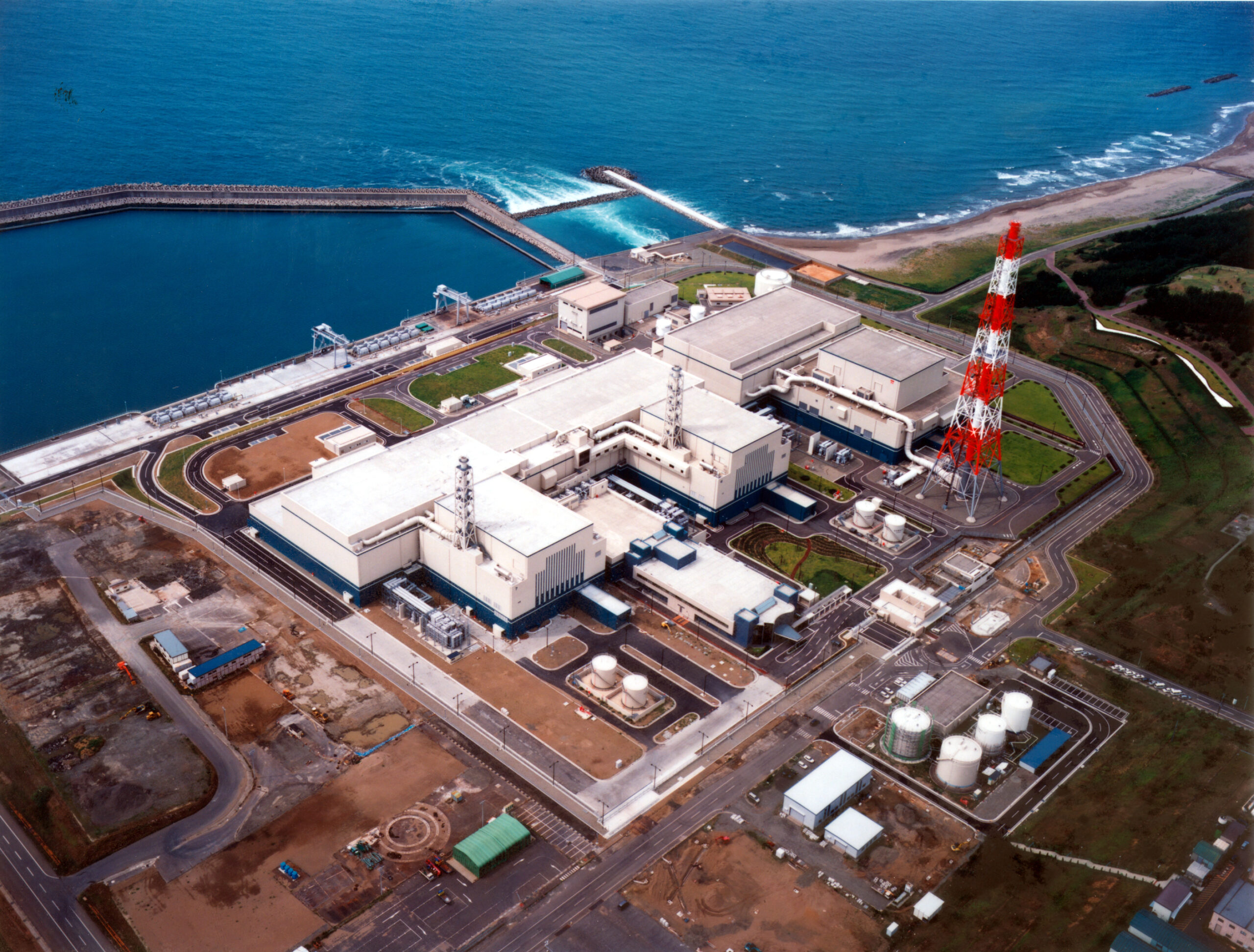
The Kashiwazaki-Kariwa Dam is located in Japan, and while primarily known for housing a nuclear power plant, it also serves critical water management functions. The reservoir capacity reaches 9 million cubic meters. The structure’s height is 59 meters, with a length of about 600 meters. It supports cooling systems for the nuclear plant. It also aids in flood control and water storage for the surrounding areas.
Kariba Dam (Zambia/Zimbabwe)
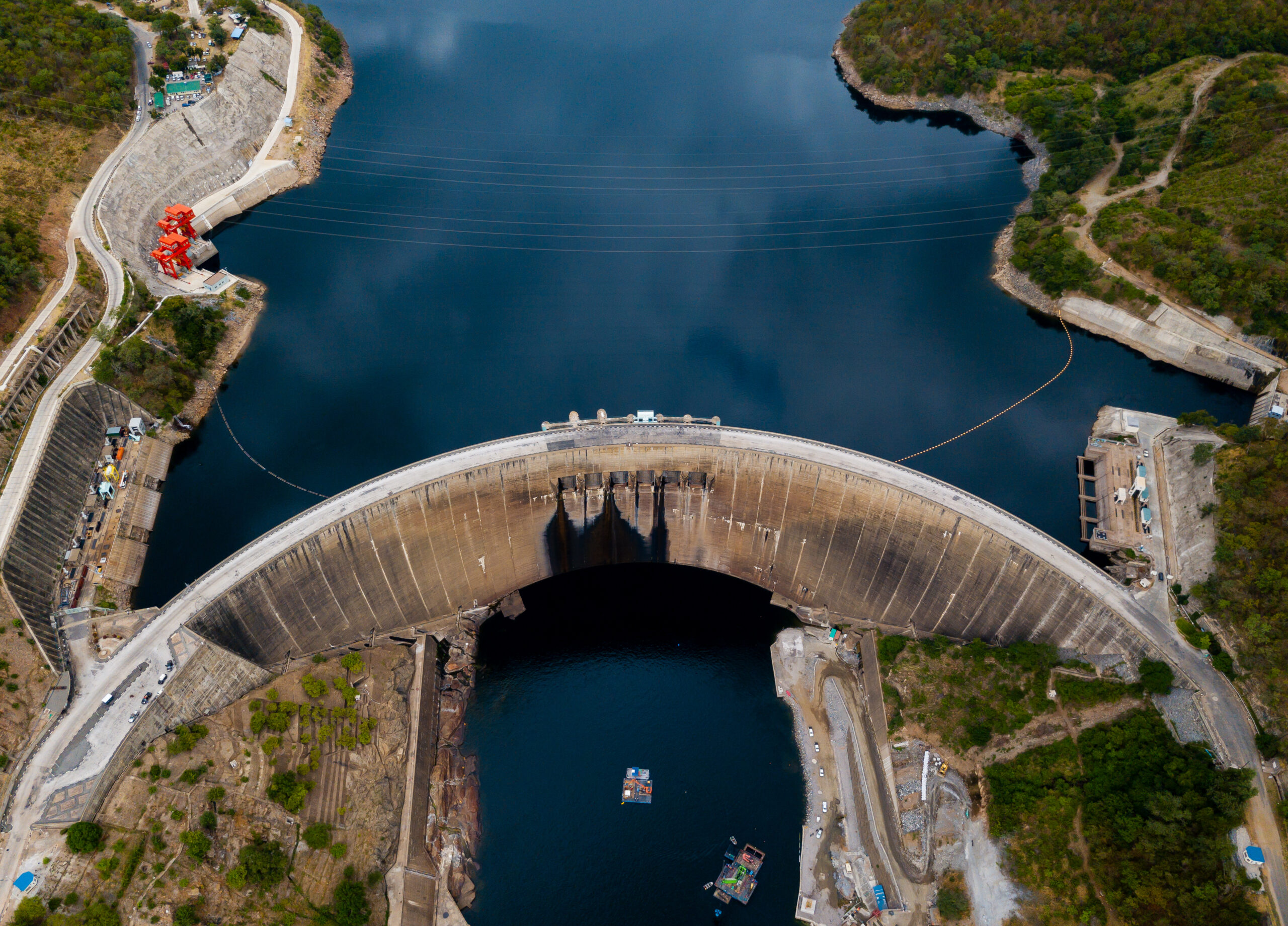
Kariba Dam is located on the Zambezi River, forming the border between Zambia and Zimbabwe. The reservoir it creates, Lake Kariba, has a volume of 180.6 billion cubic meters. The dam stands 128 meters tall and extends 579 meters in length. It is one of the largest man-made reservoirs in the world. Kariba Dam is essential for hydroelectric power generation for both countries. It also supports local fisheries and tourism in the region.
This article originally appeared on Rarest.org.
More from Rarest.org
10 Limited Edition Supercars That Few Have Ever Seen

Limited edition supercars are more than just vehicles; they are a rare combination of cutting-edge technology, striking design, and unmatched performance. Read More.
15 Rare and Exotic Amphibians Thriving in Remote Jungles

Deep within the world’s most remote jungles, a diverse range of rare and exotic amphibians thrive, often hidden from human view. Read More.
14 Mysterious Lost Civilizations That Still Puzzle Historians
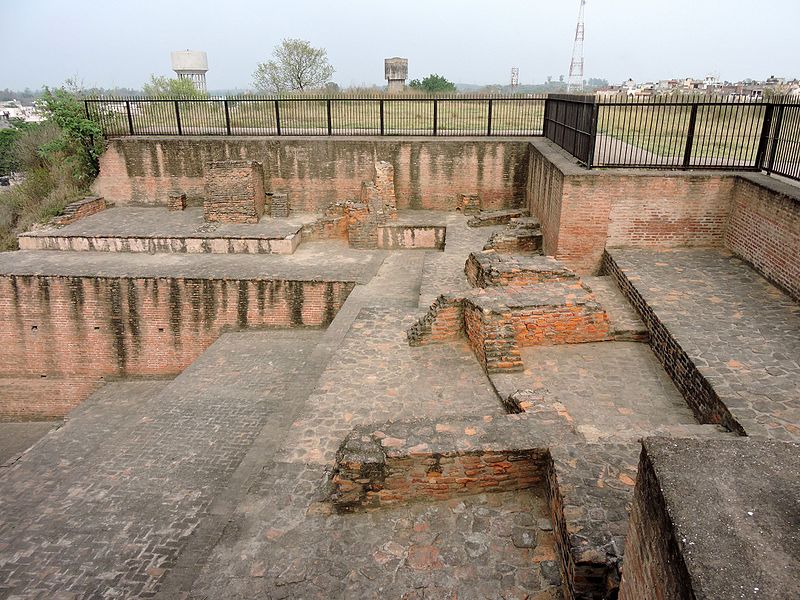
Throughout history, many civilizations have risen to greatness, only to mysteriously vanish, leaving behind ruins and unanswered questions. Read More.
